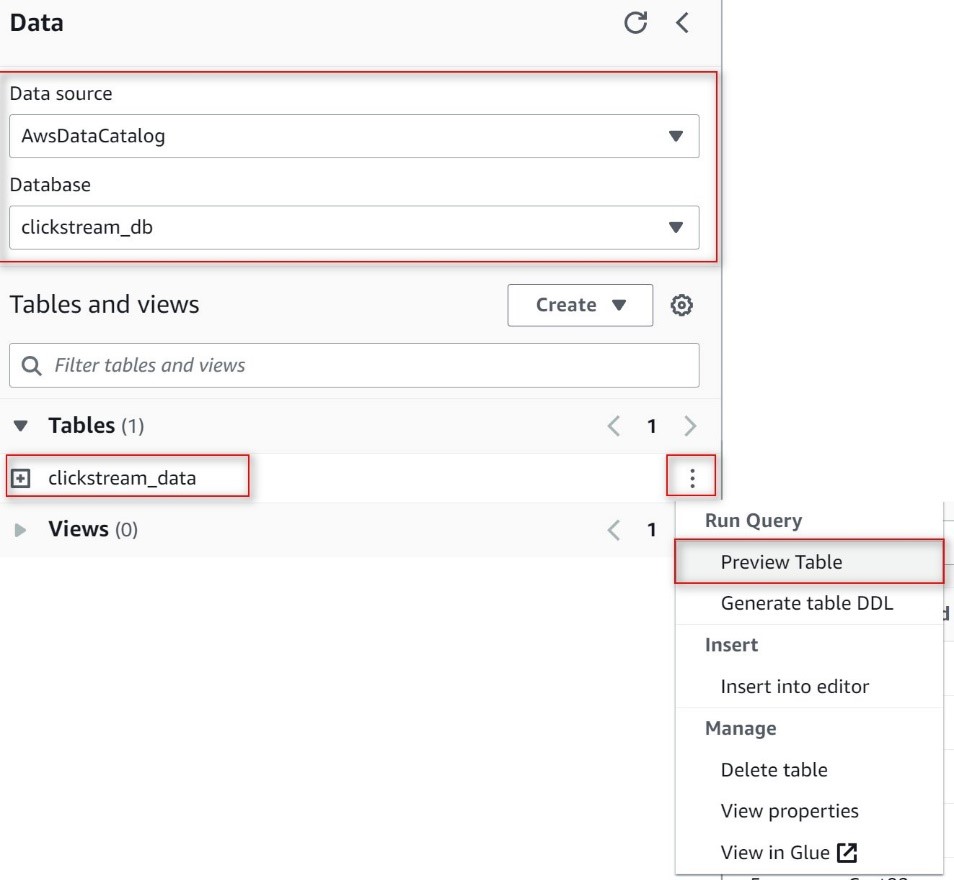Support For Sustainable SMEs: Navigating The Funding Landscape

Table of Contents
Understanding the Funding Landscape for Sustainable SMEs
Navigating the world of sustainable business funding requires a clear understanding of what constitutes a sustainable SME and the diverse funding sources available.
Defining Sustainable Business Practices
A sustainable SME integrates environmental, social, and governance (ESG) factors into its core operations. This means going beyond mere compliance and actively contributing to a more sustainable future. Examples include:
- Reduced carbon footprint: Implementing energy-efficient practices, reducing waste, and utilizing renewable energy sources.
- Ethical sourcing: Prioritizing suppliers committed to fair labor practices and environmental responsibility.
- Waste reduction: Implementing circular economy principles, minimizing waste generation, and maximizing recycling and reuse.
- Employee well-being: Fostering a positive and inclusive work environment, prioritizing employee health and safety.
- Community engagement: Supporting local communities through initiatives that promote social and environmental well-being.
- Transparent supply chains: Ensuring traceability and accountability throughout the supply chain to guarantee ethical and sustainable practices.
Types of Funding Available
Several funding options cater specifically to the needs of sustainable SMEs:
- Government grants: Many local, national, and international governments offer grants to support sustainable business initiatives. These grants often require a detailed application outlining the project's sustainability impact and potential benefits.
- Green loans: Banks and other financial institutions provide loans with preferential interest rates or other incentives to businesses engaged in sustainable practices. These loans often require demonstrating a clear environmental benefit.
- Impact investment: Impact investors seek both financial returns and positive social and environmental impact. They actively invest in companies aligned with their sustainability goals.
- Venture capital focused on sustainability: Specialized venture capital firms invest in early-stage sustainable businesses with high growth potential. They often bring expertise and networks in addition to capital.
- Crowdfunding platforms for sustainable businesses: Platforms like Kickstarter and Indiegogo allow sustainable SMEs to raise capital directly from the public by showcasing their mission and offering rewards to backers.
- Angel investors interested in ESG: Individual angel investors are increasingly interested in ESG factors and are actively seeking opportunities to invest in sustainable businesses.
Identifying Your Funding Needs
Before seeking funding, create a robust business plan that clearly articulates your sustainability strategy and financial projections. This plan should highlight:
- Start-up funding: Seed capital for initial operations and development.
- Expansion capital: Funds to scale operations and increase production capacity.
- Working capital: Short-term financing to cover day-to-day expenses.
- Debt financing vs. equity financing: Understand the implications of borrowing versus giving up ownership equity.
Accessing Funding for Sustainable Initiatives
Securing funding requires a well-prepared proposal, strategic networking, and efficient navigation of the application process.
Preparing a Compelling Funding Proposal
Your proposal should persuasively showcase your sustainability initiatives and their potential impact. Include:
- Clear articulation of the business model: Explain how your business operates and generates revenue.
- Demonstrable sustainability impact: Quantify the environmental and social benefits of your business model.
- Financial projections: Present realistic and well-supported financial forecasts.
- Strong management team: Highlight the experience and expertise of your team.
- Risk mitigation strategies: Address potential challenges and outline how you plan to mitigate them.
- Measurable KPIs: Define key performance indicators (KPIs) to track progress and demonstrate impact.
Networking and Building Relationships
Building relationships with potential investors and stakeholders is crucial. Consider:
- Attend industry events: Network with investors, government agencies, and other businesses in the sustainable sector.
- Join relevant associations: Connect with like-minded individuals and organizations.
- Leverage online platforms: Utilize LinkedIn and other platforms to connect with investors and industry experts.
- Build relationships with mentors and advisors: Seek guidance and support from experienced professionals.
Navigating the Application Process
Successfully navigating the application process requires careful preparation and attention to detail:
- Understanding application requirements: Thoroughly review all application guidelines and requirements.
- Meeting deadlines: Submit applications well in advance of deadlines.
- Providing accurate and compelling information: Ensure all information is accurate, complete, and well-presented.
- Following up on applications: Maintain contact with grant providers and investors to check on the status of your application.
Measuring and Reporting on Sustainability Impact
Demonstrating your commitment to sustainability through accurate reporting is crucial for attracting investors.
Key Performance Indicators (KPIs) for Sustainability
Track and report on key performance indicators (KPIs) to measure your sustainability impact:
- Carbon emissions reduction: Measure and report on your efforts to reduce greenhouse gas emissions.
- Waste reduction: Track the amount of waste generated and recycled.
- Energy efficiency improvements: Monitor energy consumption and identify areas for improvement.
- Ethical sourcing metrics: Track the percentage of materials sourced from ethical and sustainable suppliers.
- Social impact measurements: Assess the positive social impact of your business activities.
Sustainability Reporting and Transparency
Transparency builds trust and attracts investors. Consider using recognized frameworks like:
- GRI standards: Global Reporting Initiative standards provide a comprehensive framework for sustainability reporting.
- SASB standards: Sustainability Accounting Standards Board standards focus on financially material ESG issues.
- UN Sustainable Development Goals (SDGs): Align your business with the UN SDGs to demonstrate your commitment to global sustainability.
- Integrated reporting: Integrate financial and sustainability information into a single report to provide a holistic view of your business performance.
Conclusion
Securing funding for your sustainable SME requires a comprehensive understanding of the funding landscape, a well-prepared proposal, and a commitment to transparency and impact reporting. By understanding the different funding options, strategically networking, and effectively communicating your sustainability achievements, you can significantly increase your chances of securing the necessary resources for growth. Start navigating the funding landscape for your sustainable SME today! Research the available grants, loans, and investment opportunities tailored to support sustainable business practices. [Link to relevant resource 1], [Link to relevant resource 2], [Link to relevant resource 3].

Featured Posts
-
 Support For Sustainable Smes Navigating The Funding Landscape
May 19, 2025
Support For Sustainable Smes Navigating The Funding Landscape
May 19, 2025 -
 Participate In The 9th Eurovision 2024 Infe Poll On Esc Today
May 19, 2025
Participate In The 9th Eurovision 2024 Infe Poll On Esc Today
May 19, 2025 -
 Fracturing Support Analyzing The Erosion Of Trumps 2024 Coalition
May 19, 2025
Fracturing Support Analyzing The Erosion Of Trumps 2024 Coalition
May 19, 2025 -
 The Potential Downfall Of London Festivals Examining New Rules And Regulations
May 19, 2025
The Potential Downfall Of London Festivals Examining New Rules And Regulations
May 19, 2025 -
 Jennifer Lawrence And Cooke Maroneys Recent Outing Photos
May 19, 2025
Jennifer Lawrence And Cooke Maroneys Recent Outing Photos
May 19, 2025
